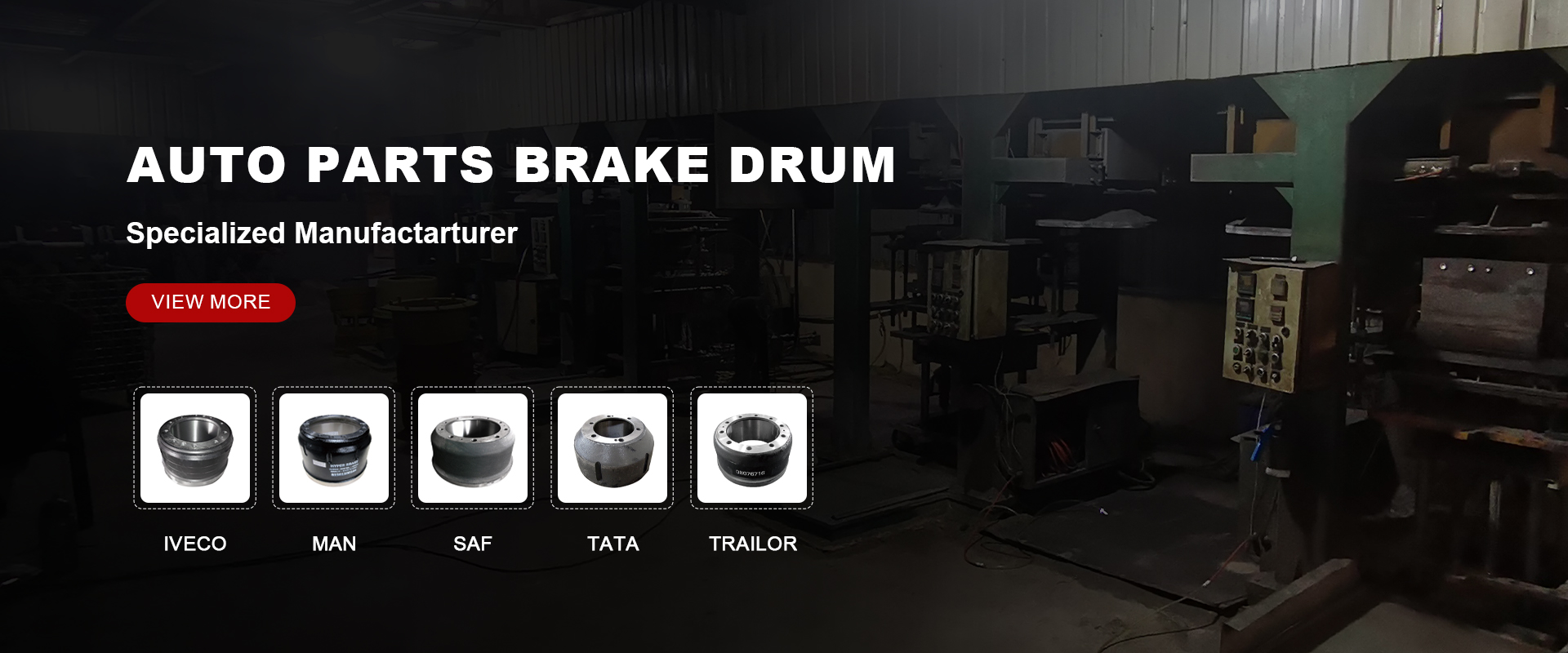දෙසැ. . 04, 2024 17:36 Back to list
brake drum failure analysis
Brake Drum Failure Analysis Understanding Causes and Impacts
The brake system is a crucial component in ensuring vehicle safety and performance, and the brake drum is an integral part of this system, especially in older vehicles and certain truck models. The significance of brake drum efficiency cannot be overstated, as any failure can lead to catastrophic consequences. This article delves into the causes, signs, and potential solutions related to brake drum failure, providing vehicle owners, fleet operators, and maintenance personnel with a comprehensive understanding of this critical issue.
Understanding Brake Drums
Brake drums work by allowing brake shoes to press against their inner surface when the vehicle is brought to a halt. This friction reduces the vehicle’s speed or stops it altogether. Brake drums are typically made of cast iron or aluminum alloy, designed to withstand high temperatures and pressures generated during braking. However, like any mechanical component, brake drums can experience wear and fail over time.
Common Causes of Brake Drum Failure
1. Heat-induced Damage One of the primary reasons for brake drum failure is overheating. Excessive heat can cause the brake drums to warp or crack. This overheating can result from prolonged braking, especially in hilly terrains, or defective brake components that lead to excessive friction.
2. Wear and Tear Brake drums experience significant wear as they are subjected to constant friction from the brake shoes. Over time, the drum's surface can become uneven or develop grooves. This uneven surface can lead to poor contact with the brake shoes, resulting in reduced braking efficiency and potential failure.
3. Corrosion Brake drums are often exposed to harsh environmental conditions, including moisture, road salts, and other corrosive agents. Corrosion can weaken the brake drum’s structural integrity, making it more susceptible to cracking and failure.
4. Poor Installation or Adjustment Inadequate installation or adjustment during maintenance can also lead to premature brake drum failure. If the brake shoes are not properly adjusted, they may apply uneven pressure on the drum, exacerbating wear and encouraging the formation of hot spots.
5. Material Defects Occasionally, brake drums can fail due to defects inherent in the manufacturing process. Such defects may become apparent during operation, leading to sudden and catastrophic failures.
Signs of Brake Drum Failure
Identifying the signs of potential brake drum failure is vital for maintaining vehicle safety
. Here are some common indicatorsbrake drum failure analysis

- Vibrations If the driver feels vibrations in the brake pedal during braking, it could indicate warped brake drums or uneven wear.
- Noise Grinding, squealing, or scraping noises during braking can suggest worn-out brake shoes or damaged drums.
- Decreased Performance A noticeable reduction in braking effectiveness, including longer stopping distances, may indicate that the brake drums are not functioning correctly.
- Visual Inspection Regular visual inspections can reveal signs of wear, such as scoring, cracks, or significant rust buildup on the brake drums.
Solutions and Preventive Measures
To mitigate the risk of brake drum failure, several strategies can be employed
1. Regular Maintenance Regular inspections and servicing of the brake system can help identify and rectify potential issues before they lead to failure. This includes checking for signs of wear, ensuring proper adjustment, and replacing worn components promptly.
2. Heat Management Vehicle operators should be mindful of heat build-up during braking. Techniques such as downshifting in hilly areas can help reduce the strain on brake systems.
3. Quality Components Utilizing high-quality replacement parts during maintenance can significantly improve the reliability and longevity of the brake system.
4. Training and Awareness Educating drivers about efficient driving habits and the importance of timely maintenance can further contribute to reducing brake drum failure risks.
Conclusion
Brake drum failure is a critical concern that can compromise vehicle safety and performance. By understanding the causes and recognizing the warning signs, vehicle owners and operators can take proactive measures to ensure the integrity and reliability of their brake systems. Regular maintenance, driver education, and prompt repairs can significantly reduce the likelihood of brake drum failures, promoting safer driving experiences for everyone on the road.
-
High-Quality Brake Drum MAZ – Durable Drum Brake Drum & Brake Drum and Brake Shoe Solutions
NewsJul.04,2025
-
Brake Drum Man - High-Quality Drum Brake Drums & Brake Shoes for Reliable Performance
NewsJun.24,2025
-
High-Quality Brake Drum Kamaz – Durable Drum Brake Drum & Brake Shoe Replacement
NewsJun.10,2025
-
High-Quality Brake Drum Liza for Drum Brake Systems - Superior Durability and Performance
NewsJun.10,2025
-
High-Quality Brake Drum Kamaz – Durable Drum Brake Drum & Brake Shoe Solutions
NewsJun.10,2025
-
Durable Kamaz Brake Drums High-Performance Truck Parts
NewsJun.09,2025
